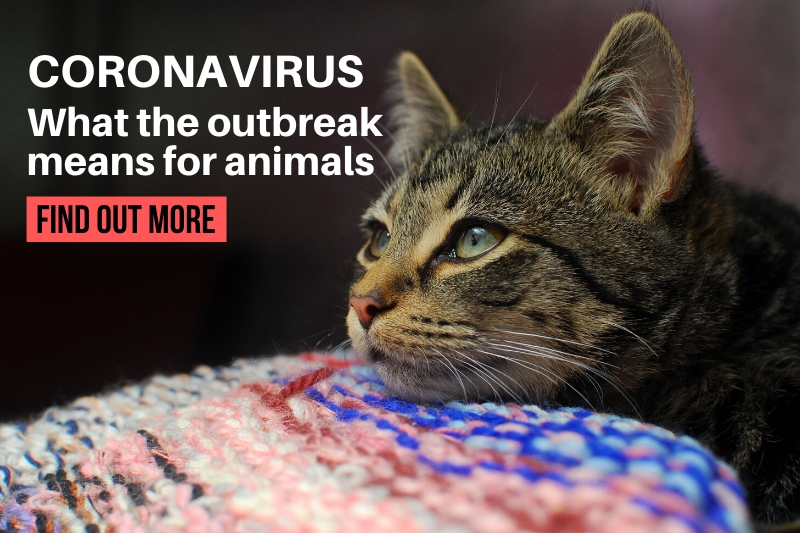It's a scary and uncertain time. With the coronavirus (COVID-19) pandemic gripping the world, each morning seems to brings more bad news. But during this global crisis, it's so important we don't forget about animals.
Here at RSPCA South Australia, we're doing all we can to maintain standards of care for all animals - both those in our care, and those in the wider community.
To help you understand how you can best protect animals at this time, we've put together detailed information below.
Within our own organisation, we're closely monitoring the situation. We're very aware of the possible risk to our people and the impact on animals in our care. It is possible that minimising this risk may require some changes to our operations in the coming days and weeks. For the most up-to-date information, please keep an eye on our social media, especially Facebook.

You cannot contract coronavirus from animal companions
First things first: please be reassured that there currently appears to be no risk of contracting COVID-19 from animal companions - so continue to give your pets lots of love.
The current spread of COVID-19 is a result of human-to-human transmission of a novel coronavirus known as SARS-CoV-2. To date, there is no evidence that companion animals play a role in the spread of this human disease or that they become sick if they are exposed to the virus.
So there's no need to be concerned about having contact with your companion animals as a result of this outbreak. However, it's wise to practice increased hygiene during this time and ensure you wash your hands with soap and water (or use an alcohol-based sanitiser) before and after touching animals.






